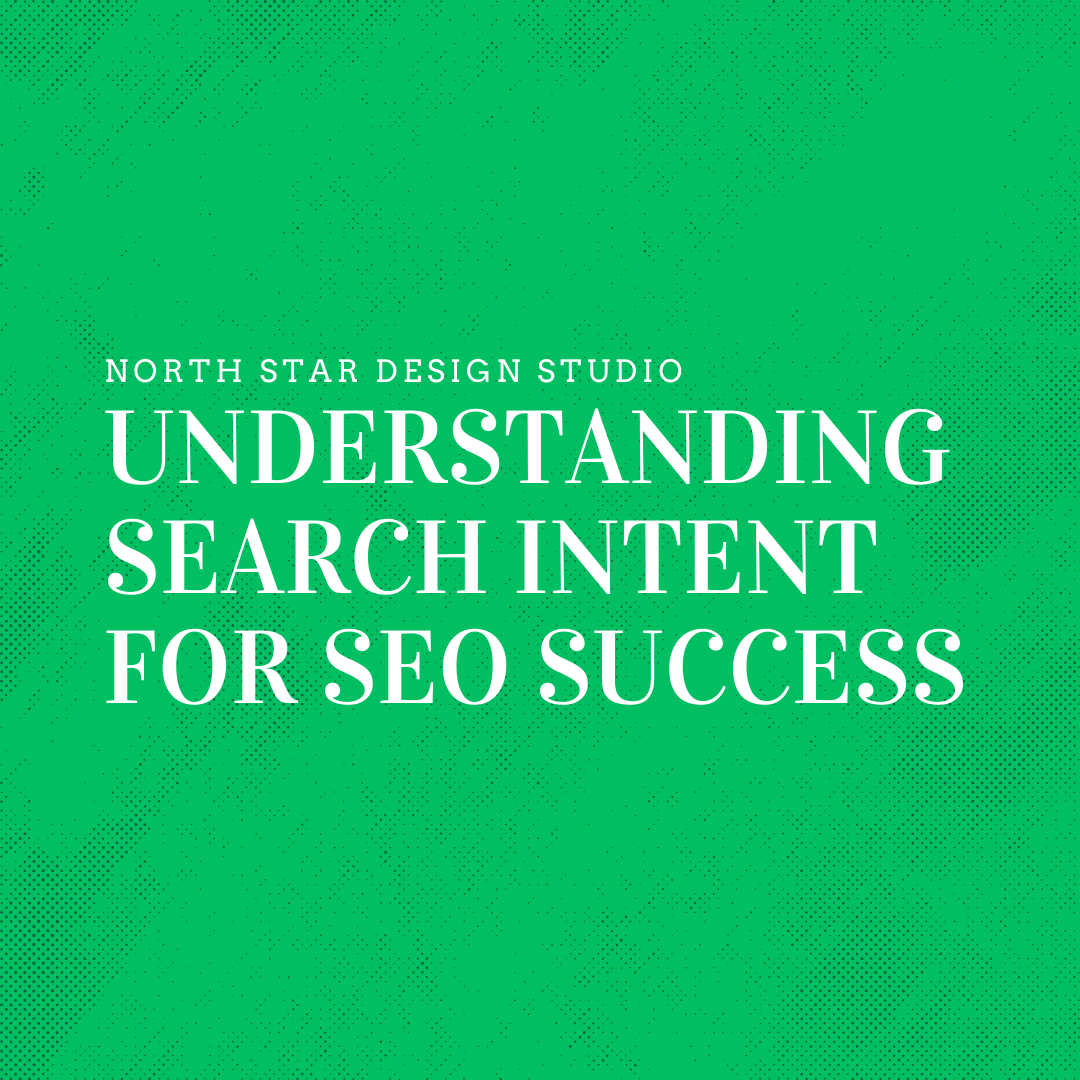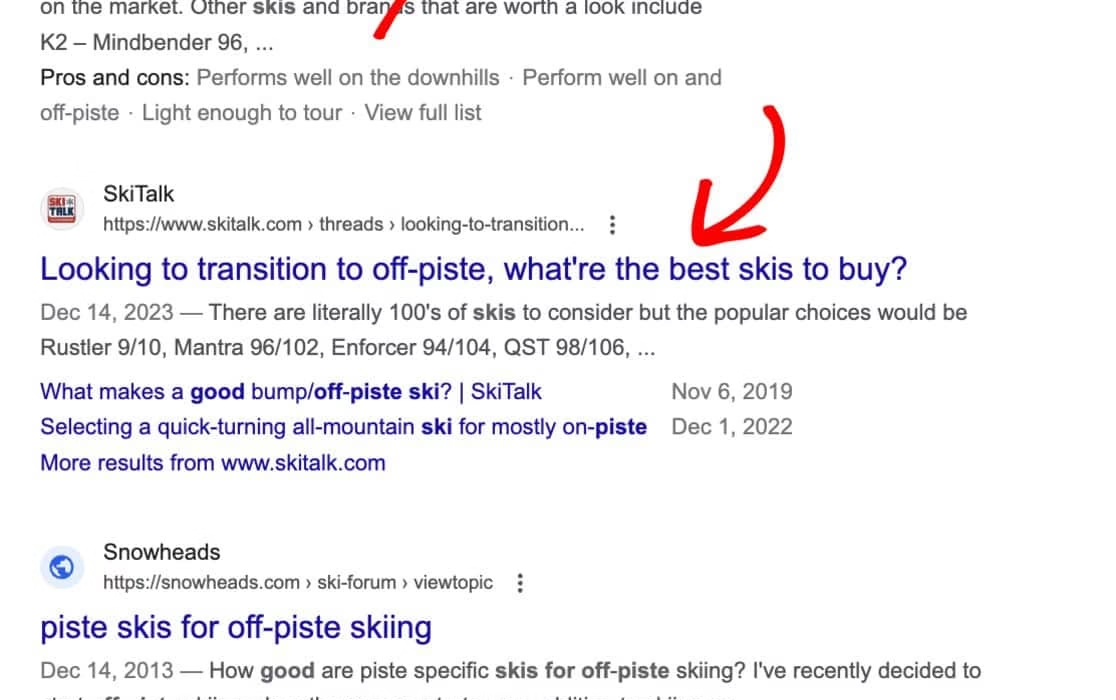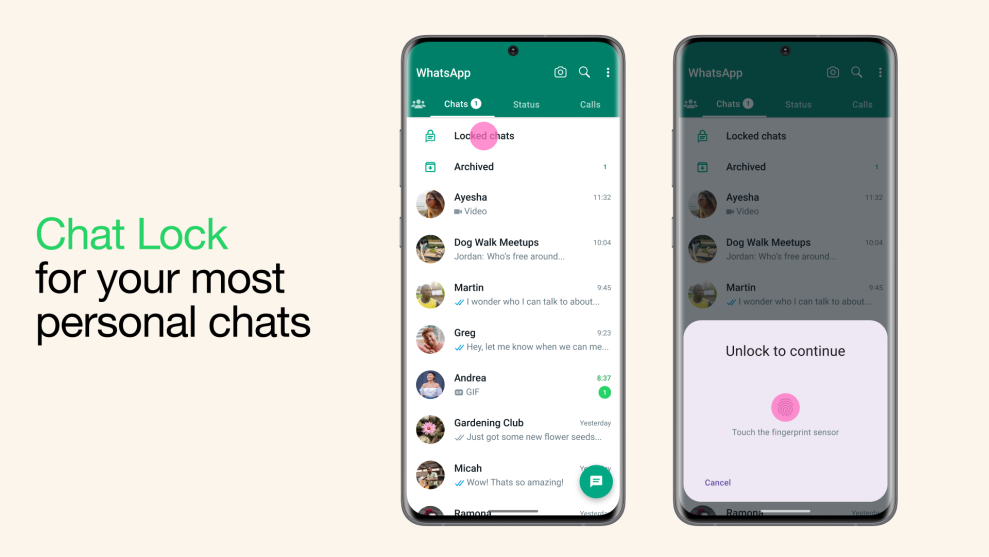“`html
The Unseen Force: Mastering Search Intent for SEO Supremacy
Estimated reading time: 7 minutes
Key Takeaways
- Understanding what users *truly* want when they type a query is the core of modern SEO. This is known as search intent.
- Search engines prioritize content that best matches a user’s underlying goal, making understanding search intent fundamental for higher rankings and user satisfaction.
- There are four primary types of search intent: Navigational, Informational, Transactional, and Commercial Investigation.
- By analyzing SERPs and understanding these types, you can accurately identify and cater to user needs, significantly improving your SEO success.
- Aligning your content directly with the identified search intent is crucial for creating valuable content that ranks well and satisfies users.
Table of contents
- The Unseen Force: Mastering Search Intent for SEO Supremacy
- Key Takeaways
- What is Search Intent, Really?
- Why Understanding Search Intent is Critical for SEO Success
- The Four Main Types of Search Intent
- How to Accurately Identify Search Intent
- Mapping Content to Search Intent for Maximum Impact
- Conclusion and Final Thought
Ever wondered why some blog posts and web pages consistently outrank others, even if they don’t seem to have the most keywords? The secret sauce isn’t just about stuffing your content with popular terms. It’s about understanding a fundamental concept that drives modern SEO: **search intent**.

But what exactly *is* search intent? At its heart, it’s the underlying goal or purpose behind a user’s search query. It’s the “why” behind the “what” they type into a search engine.
*Understanding search intent* is not just a nice-to-have for content creators; it’s absolutely fundamental to achieving good search rankings and, more importantly, satisfying your audience.
Search engines like Google are incredibly sophisticated. They’re constantly striving to provide users with the most relevant and helpful results possible. This means they prioritize content that not only contains the right keywords but also directly addresses what the user is *truly* looking for.

This is where grasping the different **types of search intent** becomes critical. By understanding what users aim to achieve with their searches, you can craft content that not only gets found but also resonates deeply, providing immense value. As research highlights, “*Search intent*—the underlying goal a user has when entering a query into a search engine—is fundamental to modern SEO and essential for crafting content that truly satisfies users.” [source: https://moz.com/learn/seo/search-intent, https://www.semrush.com/blog/search-intent/, https://www.semrush.com/blog/search-intent/].
When your content aligns perfectly with what a user is seeking, the results are tangible. It’s not just about clicks; it’s about genuine engagement. “Understanding and aligning content with search intent is what enables websites to rank higher, decrease bounce rates, and increase engagement” [source: https://mangools.com/blog/search-intent/, https://www.semrush.com/blog/search-intent/, https://searchengineland.com/guide/search-intent-seo]. In essence, satisfying search intent is the cornerstone of effective SEO. Let’s explore this vital concept in more detail.
What is Search Intent, Really?
To truly master search intent, we need to delve deeper than just a dictionary definition. Think of it as the *unspoken question* behind the words typed into a search bar. It’s about deciphering the user’s ultimate objective: What problem are they trying to solve? What information do they need? What task are they aiming to complete?

It’s crucial to understand that search intent is far more than just a collection of keywords. While keywords are the language users employ, intent is the underlying motivation. As researchers note, “Search intent, also called user intent, is the main reason or goal behind a user’s search query, such as finding information, visiting a website, or completing a purchase” [source: https://moz.com/learn/seo/search-intent, https://www.semrush.com/blog/search-intent/, https://searchengineland.com/guide/search-intent-seo].
The brilliance of search engines lies in their ability to interpret these underlying needs. They analyze context, user behavior, and the vastness of web content to serve up what they believe will best satisfy that intent. This is why, as another source states, “Search intent refers to the “why” behind a query—what the user is *really* hoping to accomplish” [source: https://moz.com/learn/seo/search-intent, https://www.bruceclay.com/blog/importance-of-user-intent-in-seo/, https://searchengineland.com/guide/search-intent-seo].
So, it’s about moving beyond surface-level keyword matching. It’s about understanding the problem the user wants to solve, or the task they wish to complete. “It’s more than just keywords; it’s about understanding the problem the user wants to solve, or the task they wish to complete” [source: https://www.semrush.com/blog/search-intent/, https://searchengineland.com/guide/search-intent-seo].

*Satisfying search intent* is a direct driver of positive user experiences. When users find exactly what they’re looking for quickly and efficiently, they are more likely to stay on your site, engage with your content, and return in the future. This improved user satisfaction is a powerful signal to search engines. Indeed, “Satisfying search intent improves user satisfaction, which directly affects rankings—search engines aim to deliver results that best match the user’s underlying needs” [source: https://moz.com/learn/seo/search-intent, https://www.semrush.com/blog/search-intent/, https://searchengineland.com/guide/search-intent-seo]. By focusing on the ‘why’, you create content that’s not just discoverable, but truly impactful.
Why Understanding Search Intent is Critical for SEO Success
Let’s be clear: **search intent** is not merely a trending topic in SEO; it’s a fundamental pillar. Modern search engines, especially Google, have become exceptionally adept at discerning the *true* intent behind a query. They go far beyond simple keyword matching to evaluate whether a piece of content genuinely fulfills the user’s underlying need. This makes understanding search intent a primary ranking factor.

When you align your content directly with the user’s **search intent**, you significantly increase its relevance. This heightened relevance is a direct signal to search engines that your page is a prime candidate for higher positions in the search results. As noted by experts, “Search engines like Google evaluate not just keywords but whether content fulfills search intent—this determines which pages rank at the top” [source: https://www.semrush.com/blog/search-intent/, https://searchengineland.com/guide/search-intent-seo].
The benefits of satisfying **search intent** extend directly to user engagement metrics, which are themselves important ranking signals. When a user lands on a page that perfectly matches their intent, they are more likely to:
- Spend more time on the page (increased time on page).
- Explore other content on your site (lower bounce rates, more internal clicks).
- Complete a desired action, whether it’s signing up, making a purchase, or downloading a resource.

Conversely, ignoring search intent can have detrimental effects. You might find your content:
- Performing poorly in search results, failing to attract the right audience.
- Experiencing high bounce rates, as visitors leave quickly because their needs aren’t met.
- Wasting valuable resources on content that, while perhaps keyword-rich, fundamentally misses the mark with users.
The message is clear: “Aligning content with search intent boosts relevancy, improving positions in search results and increasing engagement (time on page, clicks), while reducing bounce rates” [source: https://mangools.com/blog/search-intent/, https://searchengineland.com/guide/search-intent-seo].
The cost of misinterpreting or ignoring intent is significant. “Ignoring intent can result in poor rankings, wasted content investments, and unsatisfied users” [source: https://www.semrush.com/blog/search-intent/, https://www.bruceclay.com/blog/importance-of-user-intent-in-seo/]. Therefore, dedicating time and effort to truly *understand* what your audience is looking for is not just good practice; it’s a strategic imperative for any successful SEO strategy.
The Four Main Types of Search Intent
To effectively cater to user needs, it’s essential to categorize the different **types of search intent**. While there can be nuances, most search queries fall into one of four main categories. Understanding these will equip you to create content that precisely matches what users are looking for. These categories are:
Navigational Intent
Navigational intent is when a user already knows the specific website, brand, or online destination they want to reach. They aren’t exploring; they’re going directly to a known point.
Examples include:
- “Facebook login”
- “BBC News”
- “Amazon”
- “Google Maps”
- A specific company’s “contact page”

To satisfy this type of intent, your brand name and key landing pages (like your homepage, login portal, or contact information) need to be easily discoverable and optimized for direct searches. “User seeks a specific site or page (e.g., “Facebook login”, “BBC News”, “Gmail”)” [source: https://www.bruceclay.com/blog/importance-of-user-intent-in-seo/, https://searchengineland.com/guide/search-intent-seo]. As a result, “Ensure brand and key landing pages are optimized and easy to find” [source: https://www.bruceclay.com/blog/importance-of-user-intent-in-seo/, https://searchengineland.com/guide/search-intent-seo].
Informational Intent
This is perhaps the most common type of **search intent**. Users with informational intent are seeking knowledge, answers to questions, or to learn something new. They are in a research or learning phase.
Examples include:
- “how to bake bread”
- “what is blockchain?”
- “weather today”
- “symptoms of flu”
- “history of Rome”

To cater to informational intent, you need to create comprehensive, clear, and well-structured content that directly answers users’ questions. This often involves using FAQs, step-by-step guides, in-depth articles, and addressing common queries thoroughly. “User wants to learn (e.g., “how to bake bread”, “what is blockchain?”, “weather today”)” [source: https://www.semrush.com/blog/search-intent/, https://www.bruceclay.com/blog/importance-of-user-intent-in-seo/, https://searchengineland.com/guide/search-intent-seo]. Your content should aim to “Create clear, comprehensive answers, use FAQs, and address core questions” [source: https://www.semrush.com/blog/search-intent/, https://www.bruceclay.com/blog/importance-of-user-intent-in-seo/, https://searchengineland.com/guide/search-intent-seo].
Transactional Intent
When a user exhibits transactional intent, they have a clear intention to complete an action, most often a purchase, but it can also include signing up for a service, downloading an app, or booking an appointment. They are often further down the sales funnel.
Examples include:
- “buy iPhone 15”
- “free trial Zoom”
- “discount code for “
- “book flight to Paris”
- “sign up for Netflix”

To meet transactional intent, you need to provide direct pathways to conversion. This means optimizing product pages with compelling descriptions, clear pricing, strong calls-to-action (CTAs) like “Buy Now” or “Add to Cart,” and ensuring a streamlined, secure, and frictionless checkout or sign-up process. “User is ready to take action: buy, sign up, download (e.g., “buy iPhone 15”, “free trial Zoom”)” [source: https://mangools.com/blog/search-intent/, https://www.semrush.com/blog/search-intent/, https://www.bruceclay.com/blog/importance-of-user-intent-in-seo/, https://searchengineland.com/guide/search-intent-seo]. Consequently, it’s vital to “Provide product pages, calls-to-action, and streamlined conversion funnels” [source: https://mangools.com/blog/search-intent/, https://www.semrush.com/blog/search-intent/, https://www.bruceclay.com/blog/importance-of-user-intent-in-seo/, https://searchengineland.com/guide/search-intent-seo].
Commercial Investigation Intent
This type of **search intent** sits between informational and transactional. Users with commercial investigation intent are researching products or services before making a purchase decision. They are comparing options, looking for reviews, or evaluating alternatives.
Examples include:
- “best running shoes”
- “MacBook Pro vs Dell XPS”
- “ reviews”
- “alternatives to [software]”
- “top smartphones 2024”

To satisfy this intent, create content that helps users make informed decisions. This includes in-depth comparison guides, honest product reviews, detailed feature breakdowns, and articles that highlight the pros and cons of different options. “User compares options (e.g., “best running shoes”, “Mac vs PC reviews”)” [source: https://www.semrush.com/blog/search-intent/, https://www.bruceclay.com/blog/importance-of-user-intent-in-seo/, https://searchengineland.com/guide/search-intent-seo]. Therefore, you should aim to “Develop comparison guides, reviews, and detailed product breakdowns” [source: https://mangools.com/blog/search-intent/, https://www.semrush.com/blog/search-intent/, https://www.bruceclay.com/blog/importance-of-user-intent-in-seo/, https://searchengineland.com/guide/search-intent-seo].
How to Accurately Identify Search Intent
Now that we understand the different **types of search intent**, the crucial next step is learning how to accurately identify them for any given keyword or query. This is where practical analysis comes into play, and the most effective tool at your disposal is the search engine results page (SERP) itself.
Analyze SERPs: The Dominant Content Type
The first and most powerful indicator of **search intent** is to simply look at the Search Engine Results Pages (SERPs) for your target keyword. Ask yourself: *What kind of content is dominating the top results?*

- Are they primarily blog posts and articles offering detailed guides or explanations? This strongly suggests informational intent.
- Are they product pages, category pages, or shopping listings with clear “buy now” options? This points towards transactional intent.
- Are they official homepages of brands or services? This is a clear sign of navigational intent.
- Are there comparison tables, review roundups, or articles weighing the pros and cons of different options? This indicates commercial investigation intent.
As a best practice, you should “Analyze the *search engine results pages (SERPs)* for your target keywords: Note the dominant content types (blogs, product pages, reviews)” [source: https://moz.com/learn/seo/search-intent, https://www.semrush.com/blog/search-intent/, https://searchengineland.com/guide/search-intent-seo]. The prevailing content format on the first page is a strong clue to what Google believes users are seeking.
Examine SERP Features: Deeper Clues
Beyond the main organic results, pay close attention to the other features Google displays on the SERP. These provide even richer insights into user intent and related queries:
- People Also Ask (PAA): This box reveals other questions users are frequently asking related to your initial query. These are goldmines for understanding the scope of user interest and potential sub-intents.
- Related Searches: Found at the bottom of the SERP, these suggestions offer alternative or complementary queries that users have searched for. They can highlight different angles of intent or related informational needs.

It’s vital to “Examine features like *People Also Ask* and related searches to see which intent Google believes is most relevant” [source: https://moz.com/learn/seo/search-intent, https://mangools.com/blog/search-intent/, https://searchengineland.com/guide/search-intent-seo].
Observe Result Types: Transactional, Informational, or Navigational?
Finally, a quick scan of the SERP’s various result types can confirm your hypotheses. “Check if results are transactional (shopping ads), informational (guides, Wikipedia), or navigational (official homepages)” [source: https://moz.com/learn/seo/search-intent, https://www.semrush.com/blog/search-intent/, https://searchengineland.com/guide/search-intent-seo].
*For example:*
- If you see prominent shopping ads and “Buy Now” buttons, transactional intent is high.
- If the top results are Wikipedia entries, blog posts, or “how-to” guides, informational intent is likely dominant.
- If the first result is the official homepage of a well-known brand, navigational intent is probably the primary driver.

By systematically analyzing the SERP through these lenses, you can move from guessing to confidently identifying the prevailing **search intent** for any given query, forming the foundation for creating truly effective content.
Mapping Content to Search Intent for Maximum Impact
Once you’ve accurately identified the **search intent** behind a keyword, the next logical step is to create or optimize your content to *fully* satisfy that intent. This isn’t just about sprinkling in related keywords; it’s about structuring, formatting, and presenting your information in a way that directly meets the user’s underlying need and expectation.
The goal is to create content that provides the *best possible answer* or solution for the user’s query, aligning with Google’s aim to deliver the most relevant results. This goes beyond simply being found; it’s about being the most helpful resource.
Here’s how to map your content to each **type of search intent**:
Navigational Intent
For users with **navigational intent**, your focus should be on ensuring your brand and key pages are easily found.
- Content Focus: Make your brand name prominent. Ensure your homepage, contact page, login portal, or any other destination users might search for directly is easily accessible and clearly presented.
- Optimization: Optimize title tags and meta descriptions to clearly indicate they are the official page for your brand or service. Ensure site structure is logical and internal linking guides users to important sections.
Informational Intent
When users seek information, they want comprehensive, clear, and well-structured answers.
- Content Focus: Create in-depth articles, guides, tutorials, or blog posts that directly address the user’s question. Break down complex topics into easily digestible sections.
- Optimization: Use clear headings (H2, H3), bullet points, numbered lists, and even tables to organize information. Incorporate FAQs to answer common follow-up questions. Aim for accuracy, authority, and a user-friendly reading experience.
- As per best practices: “Create in-depth, well-researched, and clearly structured content that provides direct answers. Use headings, subheadings, bullet points, and FAQs.” [source: https://www.semrush.com/blog/search-intent/, https://www.bruceclay.com/blog/importance-of-user-intent-in-seo/, https://searchengineland.com/guide/search-intent-seo].

Transactional Intent
Users with transactional intent are ready to act. Your content needs to facilitate that action seamlessly.
- Content Focus: Optimize product pages with detailed descriptions, high-quality images/videos, clear pricing, customer reviews, and prominent calls-to-action (CTAs) like “Add to Cart,” “Buy Now,” or “Book Now.”
- Optimization: Streamline the checkout or conversion process. Ensure fast loading times, mobile-friendliness, and secure payment options. Reduce friction at every step.
- Guidance suggests: “Optimize product pages with compelling descriptions, clear pricing, strong calls-to-action (CTAs) like “Buy Now” or “Sign Up,” and a simple, secure checkout process.” [source: https://mangools.com/blog/search-intent/, https://www.semrush.com/blog/search-intent/, https://searchengineland.com/guide/search-intent-seo].
Commercial Investigation Intent
For users in the comparison phase, provide content that aids their decision-making process.
- Content Focus: Develop comprehensive comparison articles, detailed product reviews (both your own and aggregated third-party ones), “best of” lists, and buyer’s guides. Highlight features, benefits, drawbacks, and use cases.
- Optimization: Be objective and transparent in reviews and comparisons. Address common user concerns and questions. Ensure your content is thorough and helps users confidently choose the right product or service.
- Expert advice: “Develop comprehensive comparison articles, detailed reviews, pros-and-cons lists, and buyer’s guides” [source: https://mangools.com/blog/search-intent/, https://www.semrush.com/blog/search-intent/, https://searchengineland.com/guide/search-intent-seo].

Ultimately, the benchmark for successful content is its ability to *fully* meet the user’s need. Think about Google’s quality rater guidelines and the concept of the “Fully Meets” standard. If your content can achieve this for the identified **search intent**, you are well on your way to SEO success. “Fully meet the user’s need, aiming for Google’s “Fully Meets” standard in its quality guidelines” [source: https://searchengineland.com/guide/search-intent-seo].
Conclusion and Final Thought
In the ever-evolving landscape of digital marketing and SEO, one principle stands out as non-negotiable: prioritizing **search intent**. It’s no longer a secondary consideration but a core requirement for any strategy aiming for sustained visibility and meaningful engagement. The ability to anticipate and satisfy what a user is truly looking for is the unseen force that drives organic success.
We’ve explored what **search intent** is—the fundamental “why” behind a user’s query. We’ve dissected why **understanding search intent** is critical for **SEO**, directly impacting relevance and rankings. Furthermore, we’ve categorized the primary **types of search intent**—Navigational, Informational, Transactional, and Commercial Investigation—each with its own unique user needs and expectations. Mastering these distinctions, especially understanding **navigational intent** and how to serve it, is key to a comprehensive strategy.

By diligently identifying the specific intent behind keywords and then meticulously mapping your content to meet those needs, you create resources that are not only discoverable by search engines but are also genuinely valuable and satisfying to users. This user-centric approach is what differentiates mediocre content from content that ranks, engages, and converts. As research suggests, “Prioritizing search intent is non-negotiable in SEO: it drives rankings, engagement, and user satisfaction” [source: https://mangools.com/blog/search-intent/, https://www.semrush.com/blog/search-intent/, https://searchengineland.com/guide/search-intent-seo].
The outcomes of a well-executed, search-intent-driven strategy are clear: improved search performance, reduced bounce rates, increased time on page, and ultimately, a more loyal and satisfied audience. “Content strategy built around search intent delivers better results for both users and search engines” [source: https://www.semrush.com/blog/search-intent/, https://searchengineland.com/guide/search-intent-seo].

In conclusion, by adopting a **search-intent-first** mindset, content creators and SEO professionals can ensure their pages consistently deliver value and remain competitive in today’s dynamic search environment. “By adopting a search-intent-first mindset, content creators and SEOs can ensure their pages consistently deliver value and remain competitive in today’s evolving search landscape” [source: https://moz.com/learn/seo/search-intent, https://www.semrush.com/blog/search-intent/, https://searchengineland.com/guide/search-intent-seo]. Make it the cornerstone of your content creation process.

“`





